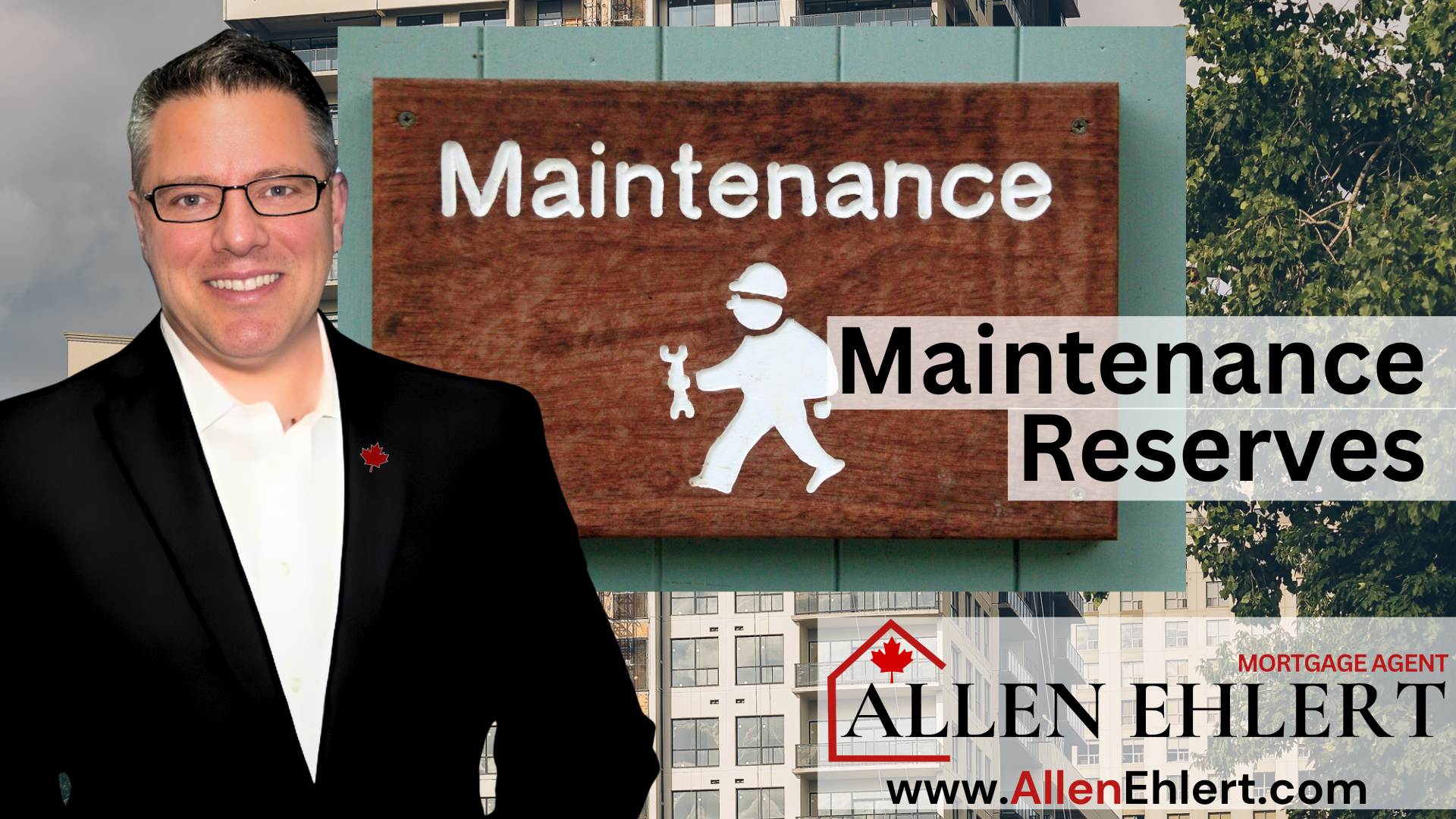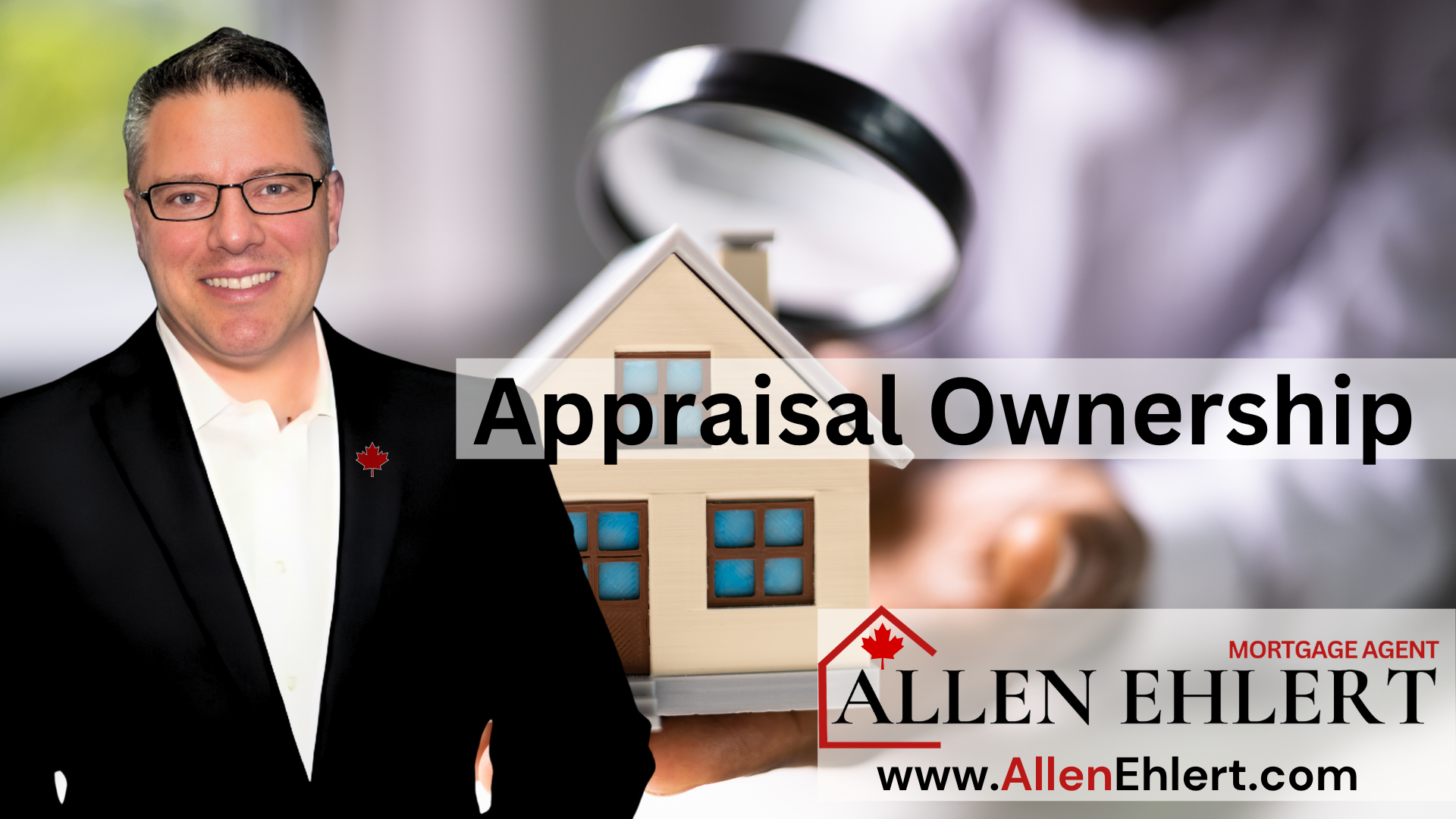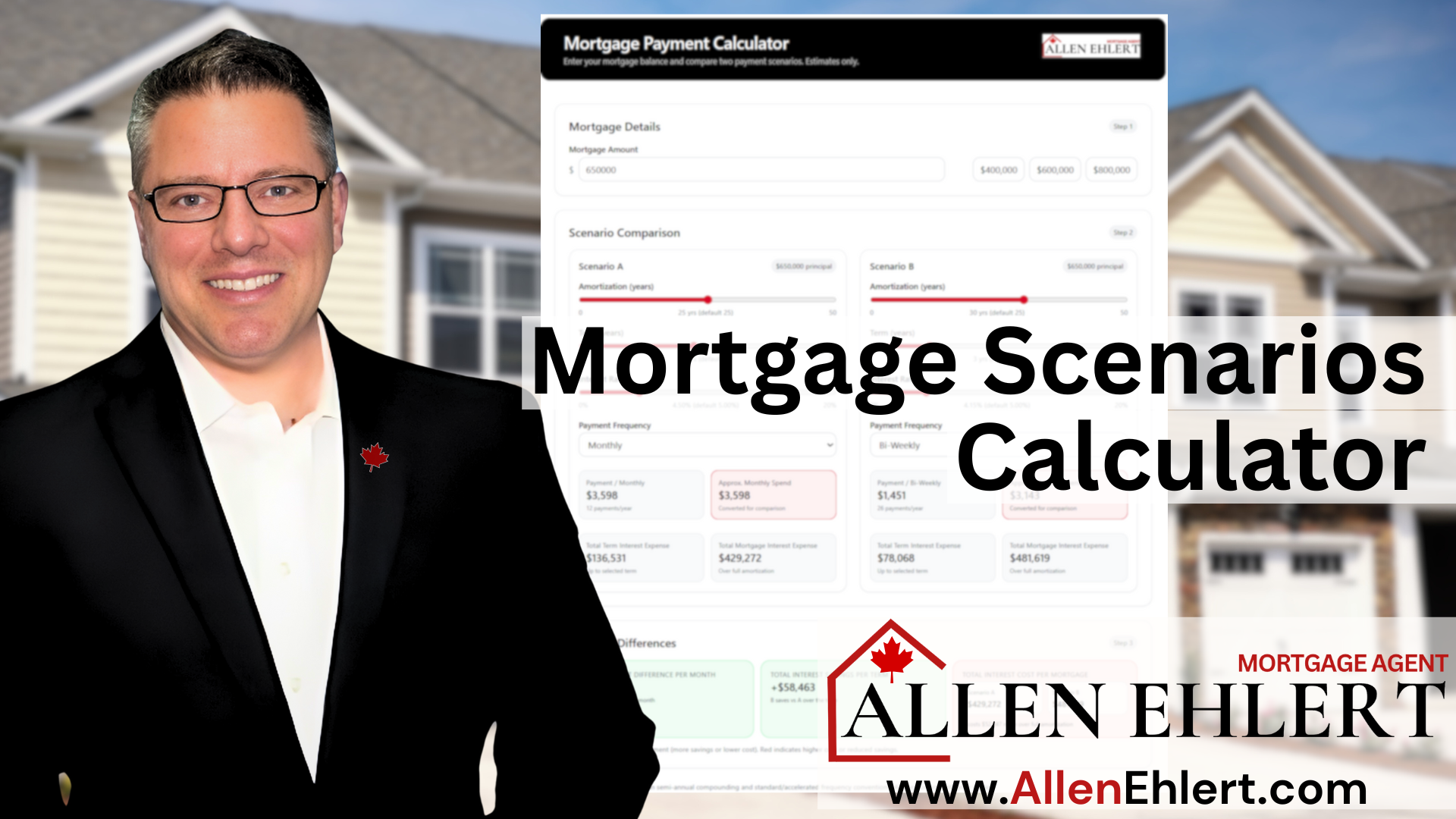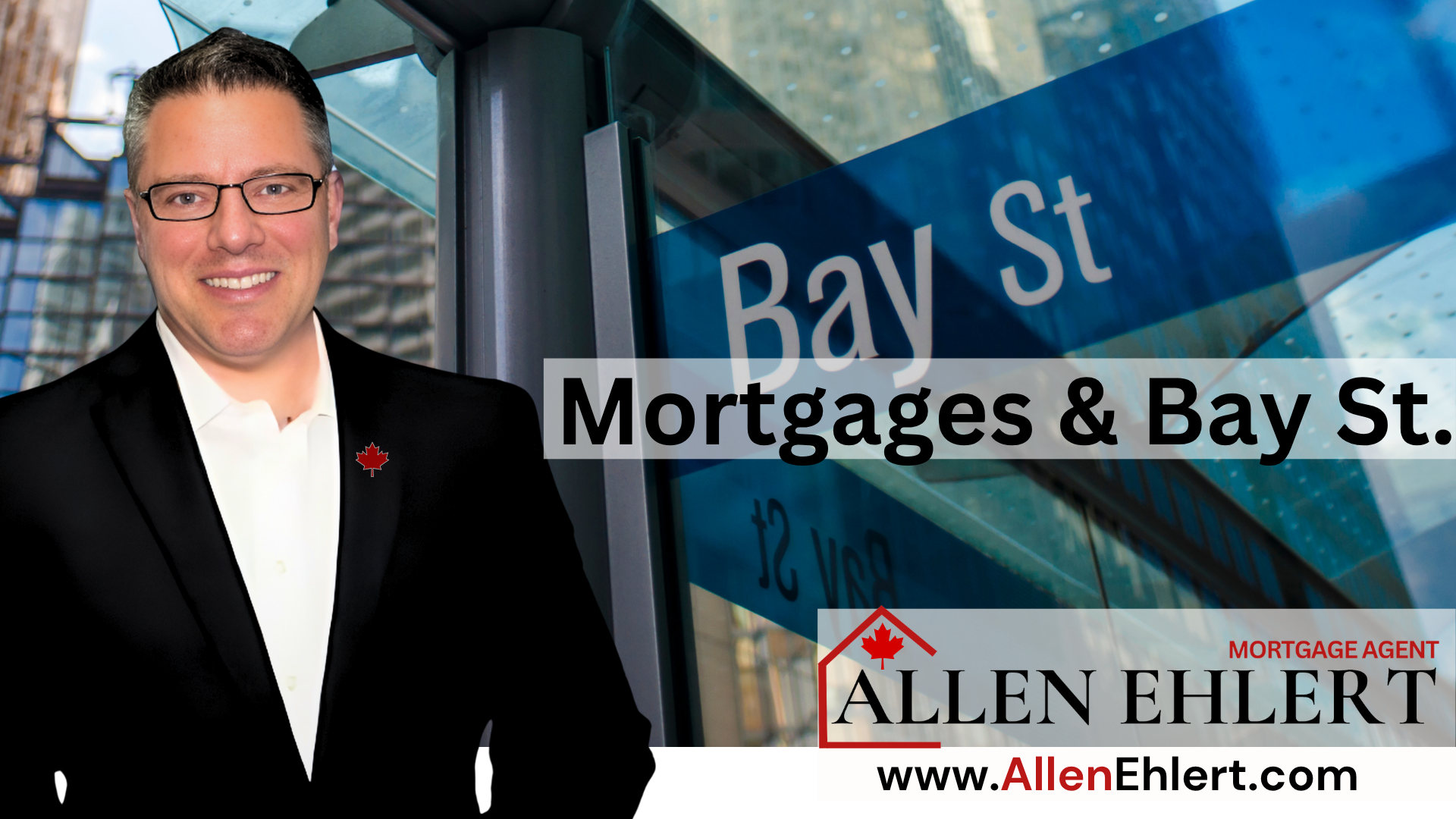… How Capitalizing Net Operating Income Reveals a Property’s True Worth
When you step into the world of commercial real estate, one phrase comes up over and over again — “What’s the cap rate?” or “Let’s capitalize the NOI.” And if you’ve ever wondered what those words really mean (beyond sounding like finance jargon from a spreadsheet), you’re not alone.
Capitalizing the Net Operating Income (NOI) is at the heart of commercial real estate valuation — it’s how lenders, appraisers, and investors determine what a property is truly worth, based on the income it generates. Think of it as the business-side version of checking a company’s earnings before deciding what its stock should sell for.
Let’s unpack how this works, why it matters to your deals, and how you can use it to make smarter real estate decisions.
Topics I’ll Cover
What It Means to Capitalize Net Operating Income
How the Cap Rate Is Determined
The Discounted Cash Flow Method vs. Capitalization
A Real-World Story: The Case of the Busy Plaza
How Realtors and Clients Can Use This Knowledge
What It Means to Capitalize Net Operating Income
Capitalizing Net Operating Income — or “capitalization” — is the process of turning a property’s annual income into an estimate of market value using a rate of return called the capitalization rate, or cap rate.
Here’s the formula you’ll see everywhere in commercial real estate:
Property Value = Net Operating Income ÷ Capitalization Rate
In plain English:
If your property earns $250,000 in NOI each year, and investors in that market expect a 5% return, then the property is worth:
$250,000 ÷ 0.05 = $5,000,000
That’s the art and science of capitalization. It’s elegant, simple, and incredibly powerful — because it ties value directly to performance.
Understanding the Cap Rate
The cap rate is like the heartbeat of a market — it measures the relationship between income and value.
It’s expressed as a percentage return on investment, assuming you bought the property with cash.
If you think of NOI as “what the building earns,” the cap rate is “what investors are willing to accept as a return” for that kind of property in that market, given its risks and rewards.
Lower cap rates mean higher values and typically signal:
- Prime locations,
- High tenant stability,
- Low perceived risk, and
- Strong investor demand.
Higher cap rates mean lower values — usually for properties that have:
- Weaker tenant covenants,
- Shorter leases,
- More management headaches, or
- Secondary market locations.
Cap rates are market-driven — and like mortgage rates, they fluctuate with economic cycles, investor sentiment, and interest rate trends.
How the Cap Rate Is Determined
Cap rates don’t come out of thin air. They’re the product of market evidence, risk analysis, and investor expectations.
Here’s how professionals typically determine them:
- Market Comparables:
Appraisers and brokers analyze recent sales of similar properties. If three comparable retail plazas sold at cap rates of 5.8%, 6.0%, and 6.2%, the market range is around 6%. - Risk Premium Analysis:
Investors start with a “risk-free rate” (like Government of Canada bond yields) and add a premium for real estate risk — things like vacancy, tenant strength, or management complexity. - Income Stability:
A long-term lease to a national tenant might justify a 5% cap, while a local tenant with a 2-year lease could push it closer to 7%. - Property Type and Market Location:
Downtown Class A office towers have lower cap rates than suburban industrial parks. Toronto’s core trades tighter than smaller markets like Oshawa or Barrie.
In short, the cap rate captures how investors feel about risk — and how much certainty they’re willing to pay for.
The Discounted Cash Flow Method vs. Capitalization
Capitalizing NOI is a snapshot method — it assumes the property’s current income and expenses stay relatively stable over time.
But in the real world, that’s rarely the case. Leases expire, rents adjust, expenses rise, and tenants come and go.
That’s where the Discounted Cash Flow (DCF) method comes in — a more detailed, forward-looking valuation model used by appraisers, REITs, and sophisticated investors.
Here’s the difference:
| Feature | Capitalization (Cap Rate) Method | Discounted Cash Flow (DCF) Method |
| Focus | One year of stabilized NOI | Multiple years of projected cash flows |
| Complexity | Simple and fast | Detailed and data-heavy |
| When Used | Stable, income-producing properties | Transitional or growth-oriented assets |
| Inputs | Current NOI and market cap rate | Future rent, expenses, vacancy, and sale assumptions |
| Output | Value based on current return expectations | Present value of all future cash flows and sale proceeds |
In simple terms:
- Capitalization = the now value.
- DCF = the what’s-next value.
Most lenders and appraisers use the cap rate method for stabilized properties and DCF analysis for properties in flux — like new developments, lease-ups, or repositioning projects.
A Real-World Story: The Case of the Busy Plaza
A client of mine, a commercial realtor, was helping a group of investors purchase a neighborhood plaza with a strong anchor tenant — a grocery store with a 10-year lease remaining.
The property’s NOI was $400,000, and similar plazas nearby were trading at around a 5.5% cap rate.
Using the capitalization method:
$400,000 ÷ 0.055 = $7.27 million estimated market value.
However, when we ran a Discounted Cash Flow analysis, it showed that in five years, several smaller tenants’ leases would expire, and one was unlikely to renew. After factoring in projected vacancies and leasing costs, the DCF model came in closer to $6.9 million.
That difference — nearly $400,000 — represented future risk.
The investors ultimately negotiated a purchase closer to the DCF value, saving themselves from overpaying. The realtor, armed with both models, earned instant credibility with the sellers and the lender.
How Realtors and Clients Can Use This Knowledge
If you’re a realtor, understanding capitalization and DCF methods gives you serious firepower:
- You can justify listing prices with financial precision.
- You can explain value trends when interest rates or investor demand shift.
- You can position your client’s property in a language lenders and investors respect.
If you’re a borrower or investor, knowing how capitalization works helps you:
- Estimate value and refinance potential quickly using NOI and market cap rates.
- Spot overvalued deals when cap rates are unrealistically low.
- Negotiate confidently because you understand how lenders and appraisers are looking at the same numbers.
Allen’s Final Thoughts
At the end of the day, commercial real estate valuation isn’t about guesswork — it’s about understanding how income translates into value. Capitalizing NOI is the industry’s compass, while DCF is its forecast.
Together, they give you both a snapshot of today’s worth and a glimpse of tomorrow’s potential.
For realtors, mastering these concepts elevates your professionalism and builds trust with investors and lenders. For clients, it’s your roadmap to smarter, data-driven decisions.
As your mortgage agent, I’m here to help you navigate both sides of the equation — from interpreting cap rates to structuring financing that reflects your property’s real value. I’ll help you understand what lenders see in your deal, show you how to model your NOI projections, and connect you to appraisers who speak this language fluently.
Because at the end of the day, it’s not just about buying or refinancing a property — it’s about understanding what drives its value, and using that knowledge to your advantage.












